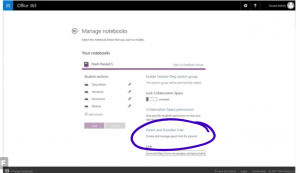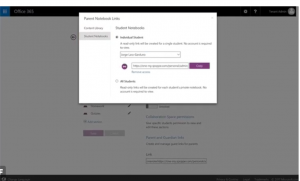Culturally responsive practice is an important part of being a teacher in NZ. I believe we above most are the best at accepting a variety of cultures into our classroom accordingly. However, one thing that struck my mind in some recent PD was the question how people walking into your class know they are in Aotearoa.
I may sometimes use certain Maori phrases and add certain terms into my teaching but this to me isn’t being culturally responsive. Therefor a challenge for me is to now add it into my teaching and not just by token phrases but to create learning experiences for my students that utilise their strengths. I have done this for all students in my year 11 class by allowing them to hand in their assignments a variety of ways but not yet in junior classes.
This is a great resource below that I will be using moving forward to help me be more culturally responsive in the classroom.
Article 1 Honourable Governance.
Article one honourable governance I believe is around equality and this year in my role it is ensuring that technology in the school is available to everyone. This is a challenge as not every household has wifi ect but it is important to at least provide students with the opportunity.
Article 2 – Agency
Maori achieving success as Maori is important and quite often could be missed. Not every students learns the same and can express their knowledge the same. Creating personalised learning programs where students can express their knowledge in different ways I believe is a great place to start. The ideas of Ako learning is also been something that I like to acknowledge, having a flexible teacher learner role is a great way to have students share their knowledge and strengths.
Article 3 Equity
I will ensure that content and the delivery is reflects Aotearoa where ever possible. Its so easy to look elsewhere for resources but I will try and create more learning experiences that reflect our dual heritage.
All in all this year I want to be culturally responsive and I want people to know straight away when they walk into my classroom that they are in Aotearoa.

















